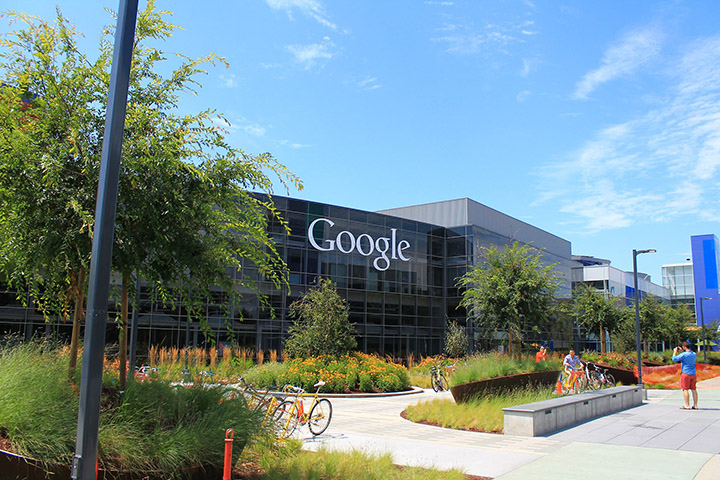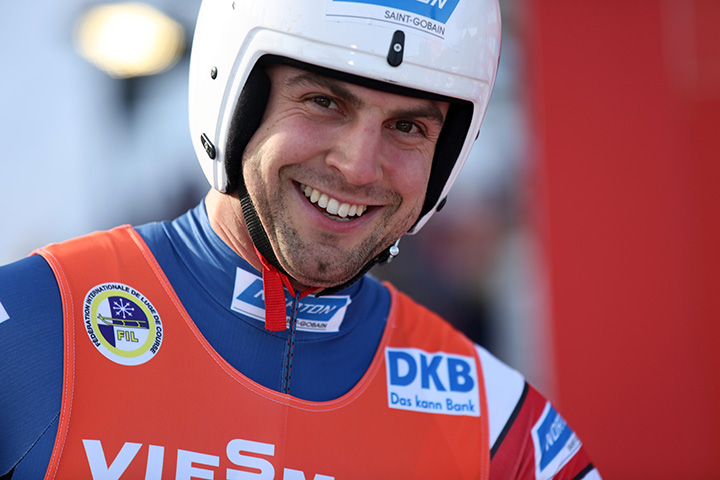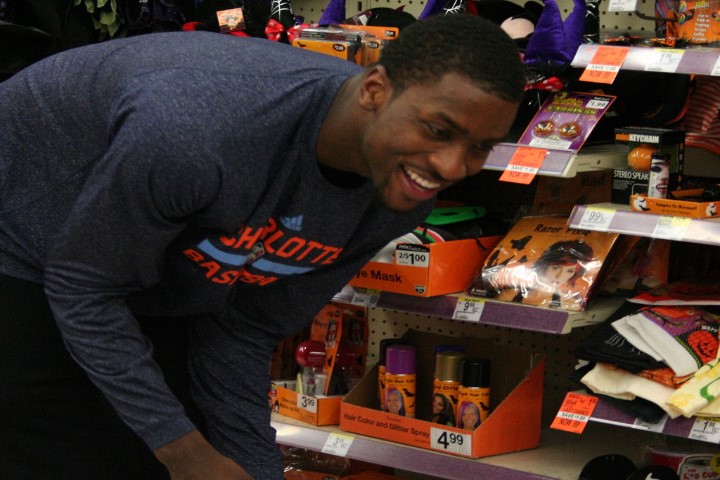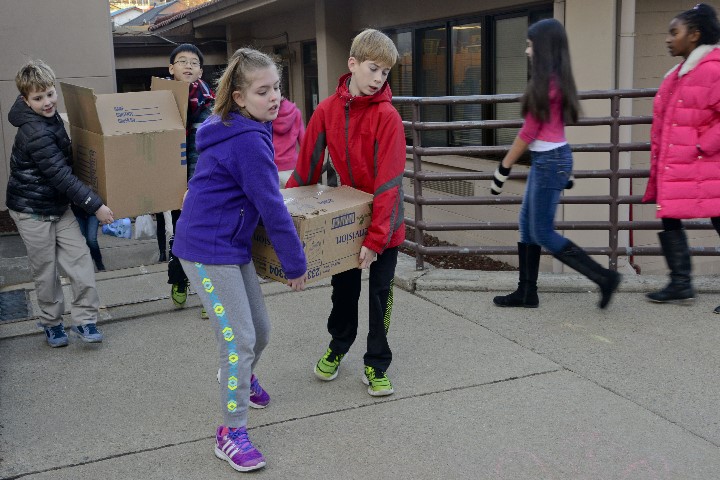Two recent research projects into hiring practices at Google are upending the commonly held notion that students should focus primarily on STEM subjects to succeed beyond school, pointing instead to “soft skills” as the most important qualities.
Cathy N. Davidson, CUNY professor and author of The New Education: How to Revolutionize the University to Prepare Students for a World in Flux, recently highlighted the research at Google and other studies that stress the importance of “soft skills”—communications, equality, generosity, empathy, emotional intelligence, and others—as critical to success in the workplace.
Davidson explained how Google initially focused its hiring practices on recruiting computer science students with top grades from elite universities, but ultimately changed its approach based on its own research.
“In 2013, Google decided to test its hiring hypothesis by crunching every bit and byte of hiring, firing, and promotion data accumulated since the company’s incorporation in 1998. Project Oxygen shocked everyone by concluding that, among the eight most important qualities of Google’s top employees, STEM expertise comes in dead last,” Davidson wrote in a column for The Washington Post.
“The seven top characteristics of success at Google are all soft skills: being a good coach; communicating and listening well; possessing insights into others (including others’ different values and points of view); having empathy toward and being supportive of one’s colleagues; being a good critical thinker and problem solver; and being able to make connections across complex ideas.”
The results prompted Google founders Sergey Brin and Larry Page to employ anthropologists and other experts to conduct further research, and convinced Google to rework its hiring practices to include students with humanities majors, artists, and MBAs.
More recent Google research titled Project Aristotle, published last spring, confirmed the company is moving in the right direction.
“Project Aristotle analyzes data on inventive and productive teams. Google takes pride in its A-teams, assembled with top scientists, each with the most specialized knowledge and able to throw down one cutting-edge idea after another,” Davidson wrote. “Its data analysis revealed, however, that the company’s most important and productive new ideas come from B-teams comprised of employees who don’t always have to be the smartest people in the room.”
“Project Aristotle shows that the best teams at Google exhibit a range of soft skills: equality, generosity, curiosity toward the ideas of your teammates, empathy, and emotional intelligence. And topping the list: emotional safety,” writes Davidson.
The results jibe with other studies by the National Association of Colleges and Employers that analyzed the most-sought after qualities by 260 large and small companies, which also ranked communication and other soft skills above others.
The Content of Their Character, a summary of research into character education in a wide variety of schools, highlights the benefits of soft skills for student success. James Davison Hunter and Ryan Olson, with the Institute for Advanced Studies in Culture, note that “attitudes, behaviors, and strategies . . . also underpin success in school and at work—capacities such as self-motivation, perseverance, and self-control, but also empathy, truthfulness, and character more broadly.”
The underlying message, according to Davidson, is that schools should resist focusing primarily on technical skills to promote a more broad-based perspective because: “We desperately need the expertise of those who are educated to the human, cultural, and social as well as the computational.”
“STEM skills are vital to the world in which we live today,” Davidson wrote, “but technology alone, as Steve Jobs famously insisted, is not enough.” It’s the foundational soft skills—and higher virtues—that define the most successful teammates, colleagues, and friends.
The Jubilee Centre for Character and Virtues offers many resources—including an inspiring lesson on Anne Frank—for educators looking to cultivate soft skills that will help students succeed in both school and life.






